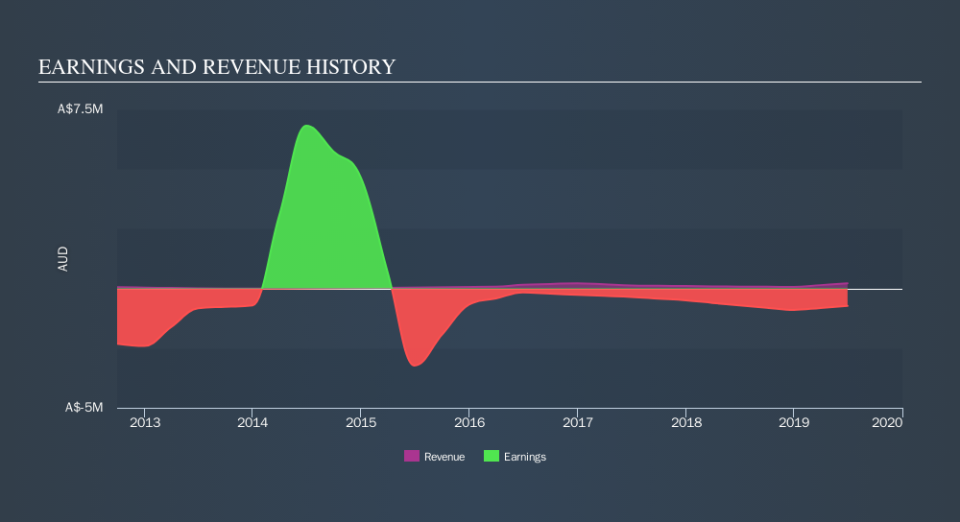Is Chase Mining Corporation Limited (ASX:CML) A Volatile Stock?

If you own shares in Chase Mining Corporation Limited (ASX:CML) then it's worth thinking about how it contributes to the volatility of your portfolio, overall. In finance, Beta is a measure of volatility. Modern finance theory considers volatility to be a measure of risk, and there are two main types of price volatility. The first category is company specific volatility. This can be dealt with by limiting your exposure to any particular stock. The second type is the broader market volatility, which you cannot diversify away, since it arises from macroeconomic factors which directly affects all the stocks on the market.
Some stocks mimic the volatility of the market quite closely, while others demonstrate muted, exagerrated or uncorrelated price movements. Beta can be a useful tool to understand how much a stock is influenced by market risk (volatility). However, Warren Buffett said 'volatility is far from synonymous with risk' in his 2014 letter to investors. So, while useful, beta is not the only metric to consider. To use beta as an investor, you must first understand that the overall market has a beta of one. A stock with a beta below one is either less volatile than the market, or more volatile but not corellated with the overall market. In comparison a stock with a beta of over one tends to be move in a similar direction to the market in the long term, but with greater changes in price.
See our latest analysis for Chase Mining
What does CML's beta value mean to investors?
Looking at the last five years, Chase Mining has a beta of 0.90. The fact that this is well below 1 indicates that its share price movements haven't historically been very sensitive to overall market volatility. If history is a good guide, owning the stock should help ensure that your portfolio is not overly sensitive to market volatility. Many would argue that beta is useful in position sizing, but fundamental metrics such as revenue and earnings are more important overall. You can see Chase Mining's revenue and earnings in the image below.
Could CML's size cause it to be more volatile?
Chase Mining is a noticeably small company, with a market capitalisation of AU$6.2m. Most companies this size are not always actively traded. Companies with market capitalisations around this size often show poor correlation with the broader market because market volatility is overshadowed by company specific events, or other factors. It's worth checking to see how often shares are traded, because very small companies with very low beta values are often only thinly traded.
What this means for you:
One potential advantage of owning low beta stocks like Chase Mining is that your overall portfolio won't be too sensitive to overall market movements. However, this can be a blessing or a curse, depending on what's happening in the broader market. This article aims to educate investors about beta values, but it's well worth looking at important company-specific fundamentals such as Chase Mining’s financial health and performance track record. I urge you to continue your research by taking a look at the following:
Past Track Record: Has CML been consistently performing well irrespective of the ups and downs in the market? Go into more detail in the past performance analysis and take a look at the free visual representations of CML's historicals for more clarity.
Other High-Performing Stocks: Are there other stocks that provide better prospects with proven track records? Explore our free list of these great stocks here.
We aim to bring you long-term focused research analysis driven by fundamental data. Note that our analysis may not factor in the latest price-sensitive company announcements or qualitative material.
If you spot an error that warrants correction, please contact the editor at editorial-team@simplywallst.com. This article by Simply Wall St is general in nature. It does not constitute a recommendation to buy or sell any stock, and does not take account of your objectives, or your financial situation. Simply Wall St has no position in the stocks mentioned. Thank you for reading.

 Yahoo Finance
Yahoo Finance 
